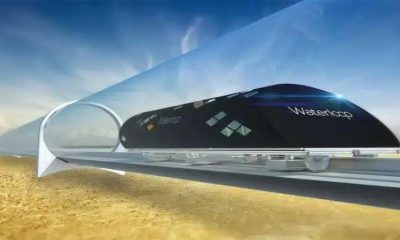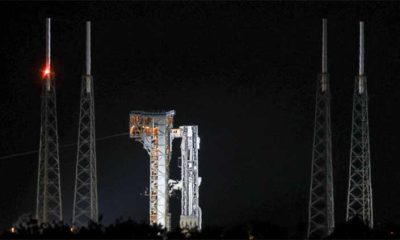Tech
EU, US warn Malaysia of security risk in Huawei’s bid for 5G role

Tech
Kretinsky and Layani face off in battle for distressed IT firm Atos
Kretinsky and Layani face off in battle for distressed IT firm Atos
Tech
China to build 100-mile-long hyperloop train line by 2035
China to build 100-mile-long hyperloop train line by 2035
Tech
Scientists discover hidden planet buried under Earth’s surface
Scientists discover hidden planet buried under Earth’s surface
-

 Sports3 months ago
Sports3 months agoSon and Bissouma ready for Spurs game with Brighton
-

 Fashion2 months ago
Fashion2 months agoGiorgio Armani catwalk blooms with florals at Milan Fashion Week
-

 Sports3 months ago
Sports3 months agoSinisterra signs long-term deal with Bournemouth
-

 pakistan3 months ago
pakistan3 months agoECP rejects Salman Akram’s plea for PTI affiliation
-

 pakistan3 months ago
pakistan3 months agoECP convenes emergency meeting today
-

 World2 months ago
World2 months agoTaiwan ally Tuvalu names Feleti Teo as new prime minister
-

 World2 months ago
World2 months agoTunisia court sentences ex-president Marzouki to 8 years in absentia
-

 Sports2 months ago
Sports2 months agoScaled-back opening ceremony for Paris Olympics to offer 326,000 tickets




















